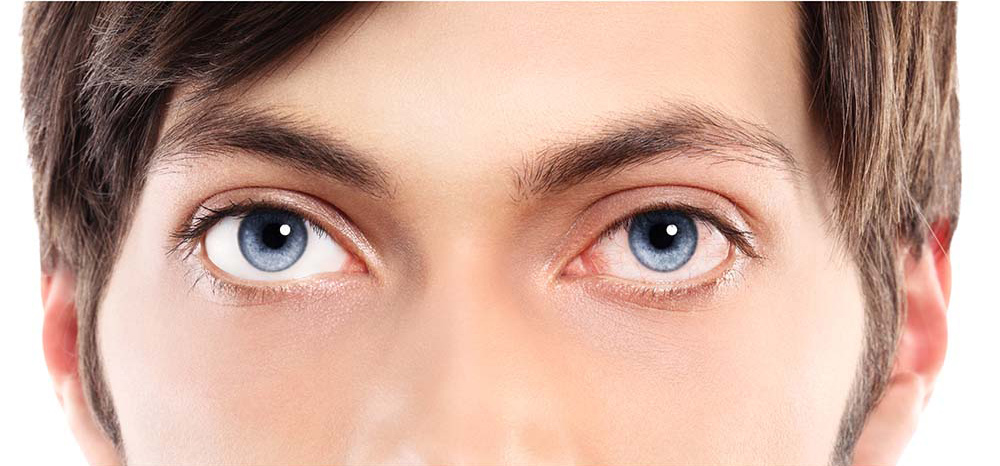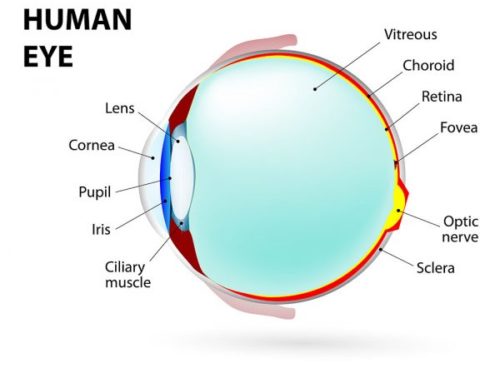
Pink Eye is the more common name for conjunctivitis. In the US, millions of people – adults and children – are affected every year. It is therefore something that all of us will probably encounter at some point in our lives.
In short, it is an infection or inflammation of the conjunctiva. This is the thin, transparent layer which covers the white part of the eye and the inside of the eyelid. When inflamed, the blood vessels dilate, causing the eye to take on a pinkish color. Hence the name pink eye!
What many people don’t realize is that pink eye can be caused by a number of different things. One of the more serious of causes is called epidemic keratoconjunctivitis. That’s quite a mouthful so we use the acronym EKC for short.
What are the causes?
There are three main causes of pink eye: a virus, bacteria or an allergy. Viral conjunctivitis is the most common of these causes. It can occur at the same time as you have a cold, upper respiratory tract infection, or a sore throat.
EKC is caused by a virus called adenovirus. This virus is also the cause of the common flu and other fevers. It is spread by the virus coming into contact with the eyes. Unlike other forms of pink eye, EKC causes infection in not just the conjunctiva, but the cornea as well.
Is it contagious?
Think about the number of times you wipe your eyes throughout the day. After coming into close contact with the virus, one rub of the eyes is all it takes to become infected!
You can pick up the virus through close contact with someone already infected. You can also become infected through contact with objects which someone infected has touched. This could include simple things such as door handles, tables or chairs.
Pink eye, and especially EKC, is highly contagious and can be passed around just like the flu. Most commonly this occurs in schools and colleges. School children, students, teachers and day care workers are all at risk.
But outbreaks can also occur in offices, hospitals – anywhere many people congregate. If children catch pink eye at school, they bring it into the family home, spreading it to other family members.
Being a virus, there are more cases of EKC during the colder months – October to April. However, cases still occur during the summer months. Swimming pools, where children often play in the warmer months, can also be somewhere an outbreak can happen.
Is it temporary or permanent?
As with many infections, it is important to identify and treat pink eye early. In usual cases, it is a temporary condition which will last for 2-3 weeks. The longer it is left untreated, the more serious the condition can become.
Both viral and bacterial conjunctivitis’ can lead to more permanent problems. For example, in some cases, pink eye can lead to corneal ulcers and blindness! Therefore, it is very important to identify the cause of the infection early and seek the proper treatment.
Pink eye may be caused by an allergy
If you suffer from hay fever, asthma or eczema, pink eye could be caused by an allergy. Things such as pollen from plants, dust mites, pet hairs and cosmetics can all have an effect. However, there are many similarities in the symptoms of the different causes of pink eye.
Treatment is very different for each. Therefore, it is always best to seek medical advice so that the correct treatment can be started.
Warning signs
Symptoms can present themselves in a number of ways. The eyes may appear pink/red or bloodshot. Some swelling of the eyelid may occur. There may be some burning or stinging sensation.
A watery discharge is often produced, appearing like tears. Sometimes this discharge can be thick and can cause a crust to form over the eyelashes. You may also notice a greater sensitivity to light.
In some cases, the infection may only affect one eye. However, it can easily spread to the other through the watery discharge or tears.
As mentioned, EKC also affects the cornea and blurred vision can occur in some cases. Sufferers have likened it to a feeling that a piece of grit is permanently in the eye.
What to do if you think you have pink eye
Our very own specialist, Dr. James Dello Russo, says the simple act of hand washing can help prevent the spread of pink eye. If you only have the infection in one eye, try and avoid touching the other – especially with unwashed hands.
One of the most important steps to take is to prevent others from becoming infected with this condition. Stay away from work or keep children away from school for 5-7 days. However, be aware that with EKC, you can remain infectious for up to 14 days.
If you suspect you or a family member may have pink eye, book an appointment to see one of our doctors. An eye exam will be carried out to determine the type of infection you have. In the case of EKC, there is an additional test which needs to be performed in a lab. This can be done at some doctors’ offices or pediatricians.
Treatment
Results from the tests take as little as five minutes. Once they are in, we are able to diagnose the cause of the pink eye and develop a course of action. Different causes require different treatments and it is important to prescribe the correct one.
For allergies, removal of the cause of the allergy is the first step. Then cool compresses and eye drops for dry eyes may be used. Antibiotic drops or tablets may be prescribed for bacterial infections.
For more serious forms of viral conjunctivitis, such as EKC, antibiotics will have no effect. Steroid eye drops may be required instead. The doctor may also use a Betadine wash, which is an antiseptic, to flush out the eyes. This will help to kill off the virus.
Once treatment is received, the patient should quickly start to see some easing of symptoms.
Here at The New Jersey Eye Center in Bergenfield, NJ, we have extensive experience with diagnosing and treating all forms of pink eye. You can visit us here to make an appointment, but walk-ins are also welcome.



